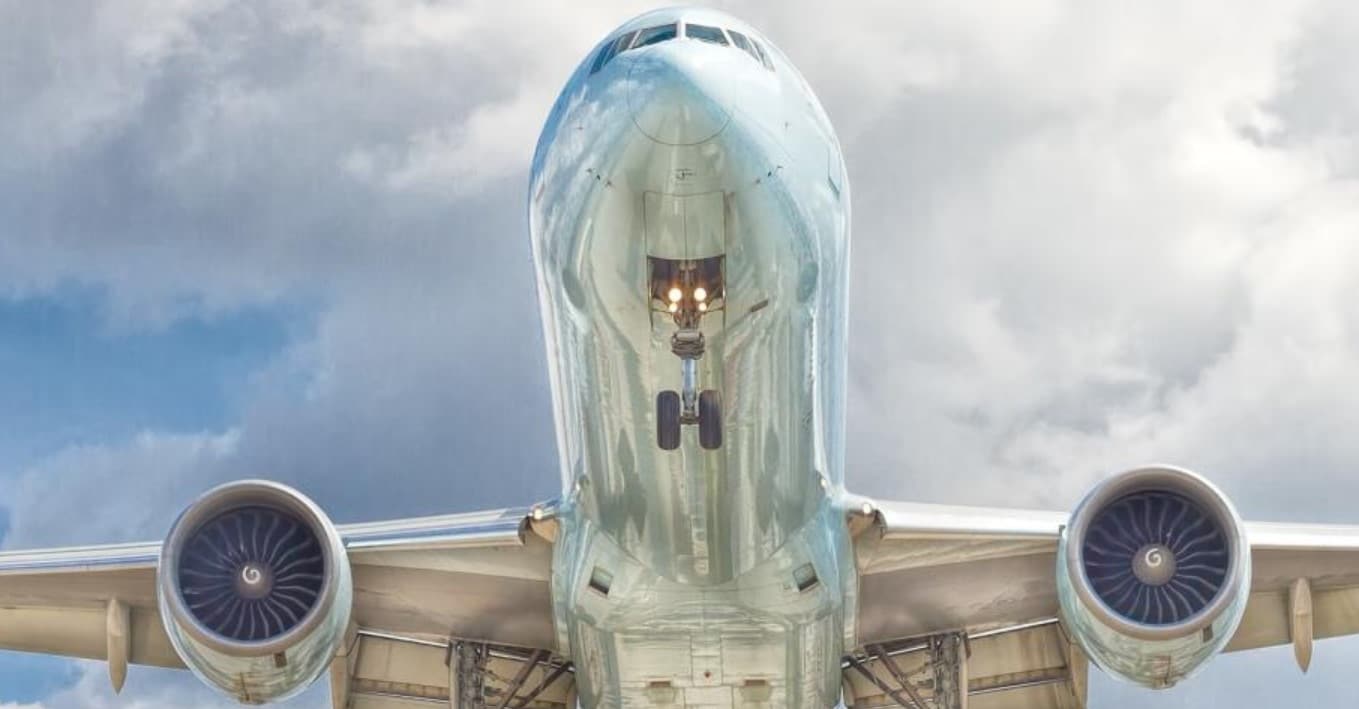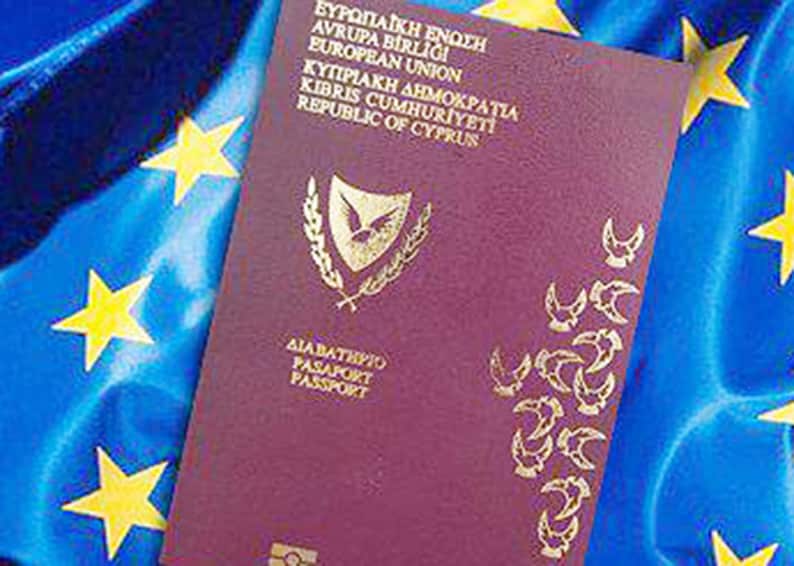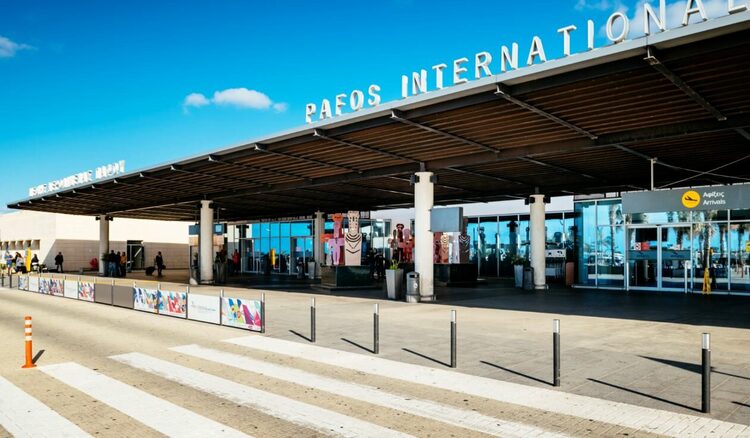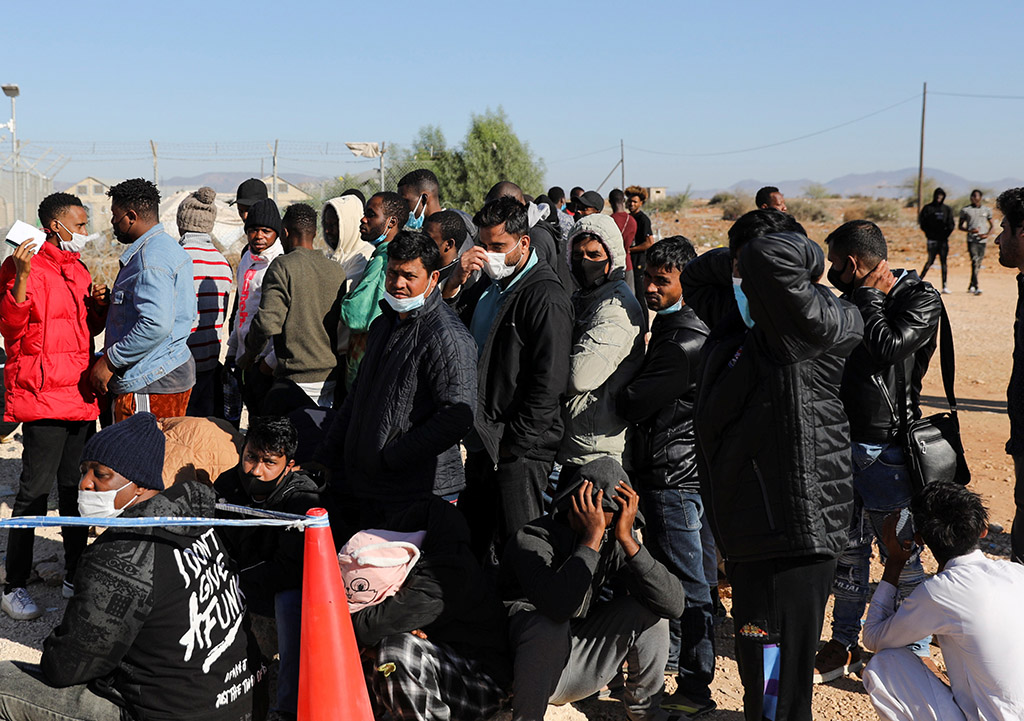The IATA World Safety and Operations Conference (WSOC) opened in Xiamen, China, bringing together global aviation leaders to discuss safety, resilience, and the future of global operations amid rising geopolitical instability and supply chain pressures.
Speaking at the opening, IATA’s Director General Mark Searle welcomed participants and thanked the host, Xiamen Airlines, noting the significance of holding WSOC in China for the first time.
“It is a pleasure to be in Xiamen, and I will start by thanking our host, Xiamen Airlines, for the warm welcome,” Searle said.
He added that China is “an aviation powerhouse: one of the world’s largest markets for passenger services and air cargo.”
He pointed to the country’s progress in safety and operations, including the signing of the IATA Safety Leadership Charter by many carriers, the protection of aviation spectrum during the 5G rollout, and the creation of new international waypoints with Tajikistan and Kyrgyzstan that improve route flexibility and efficiency.
“Working together, industry and the authorities, we are supporting China to get the most out of its significant investments in aviation,” he said, noting that aviation contributes $250 billion to GDP and supports 10.2 million jobs.
Searle stressed that these achievements demonstrate “the important role of leadership, global standards and data analysis in making aviation the safest mode of transport,” adding that the industry must “never let that slip, even in the face of evolving risks.”
However, he warned that airlines are now operating “in an increasingly conflict-ridden environment with grave consequences that have been all too clear recently.”
He referred to the downing of an Azerbaijan Airlines jet, in which 38 people lost their lives, and two further incidents in Sudan claiming 25 lives.
“Fortunately, such tragedies are rare, but they remain completely unacceptable,” Searle said. “Civilian aircraft should never face such risks, even by accident.”
He added that beyond these tragedies, airlines face daily disruptions from geopolitical instability. “The war in Ukraine cancels up to 2,000 flights every day and reroutes another 1,500,” he said.
The India–Pakistan conflict has forced more than 200 daily diversions, with traffic at some waypoints rising 70–80 per cent, while drone incursions in Poland, Germany, Denmark and Norway, together with GNSS interference, up more than 200 per cent since 2021, add further strain.
“Even with established procedures, precautionary measures, restrictions and rerouting, confidence and connectivity is disrupted, journeys are longer, and costs and emissions are higher,” he said.
As Searle reminded delegates, “we have a duty to manage today’s risks while anticipating and preparing for the risks of tomorrow. That is the ‘future proofing’ that is referenced in the theme of this conference.”
He said future proofing begins with leadership and a safety culture built on two pillars: relevant global standards and the intelligent use of operational data.
“Global standards are the bedrock of global aviation,” Searle said. “We could not provide the connectivity that the world needs if each country had its own rules.”
He added that the industry must “avoid fragmentation by ensuring that the standards we have are continuously adapted to be fit for purpose.”
On GNSS interference, he described it as “a critical example,” explaining that neither spoofing nor jamming of GNSS systems is acceptable.
Together with EASA, IATA has launched a GNSS Resilience Plan built on monitoring and reporting, prevention tools, backup infrastructure and civil–military coordination.
“The next step is for ICAO to advance these solutions with global standards, guidance, and reporting,” he said.
Searle also referred to the challenge of protecting aviation’s radio spectrum as demand from 5G and 6G networks grows.
“In the US, Australia, and Canada, some 5G rollouts created interference risks near airports and forced costly retrofits,” he said.
“The lesson is clear: we need stronger coordination with telecom regulators and realistic timelines for sunsetting of mitigations, as well as future on-board systems that are more resilient.”
Addressing passenger safety, he said that “global standards ensure the safe carriage of lithium batteries by passengers and that matters because almost every traveler carries lithium-powered devices.”
An IATA survey showed that while most passengers believe they know the rules, nearly half are unclear about safety limits or wrongly think power banks can be packed in checked baggage.
“To reinforce the standards, we are launching the Travel Smart with Lithium Batteries campaign to raise awareness on the rules that keep everyone safe,” he said.
He also stressed the importance of timely accident reporting. “Only 58 per cent of accidents between 2019 and 2023 have, to date, delivered a final report,” he said. “When reports are delayed, the industry loses vital safety insights and space is created for speculation, rumours, and conspiracy theories.” He commended the timely publication of preliminary reports in India, South Korea, and the United States.
Turning to data, Searle said that “our growing use of safety and operational information is transforming the industry. The flagship is the Global Aviation Data Management (GADM) program, which turns millions of data points from our members into actionable intelligence.”
He explained that this is best demonstrated by Turbulence Aware, which allows pilots and dispatchers to share real-time information.
Participation grew by 25 per cent in the past year, with 3,200 aircraft now contributing, including Air France, Etihad and SAS. “With each new contributing aircraft the better our ability to mitigate the risks of turbulence,” he said.
Searle also referred to the SafetyIS system, which gathers flight data from 217 airlines and now enables predictive insight.
A spike in collision-avoidance alerts, he said, was detected at a major Latin American airport before it was noticed locally, “allowing timely interventions that reduced risks and improved safety.”
He noted that risk-based IOSA audits are also benefiting from the data revolution. “Data on risks guides how the audits are adapted to each airline,” he said. “As a result, we are seeing more findings—some 8,000 corrective actions have already been identified and that number will grow.”
He encouraged operators to participate in IATA’s data-sharing communities. “GADM provides critical insights that help airlines and regulators make better decisions,” he said, while IATA Connect already brings together more than 5,600 users from 600 organisations. The network will soon expand to include ISAGO users, “adding another important dimension to its potential.”
Searle then turned to the recent 42nd ICAO Assembly, noting that IATA submitted 14 papers, with “largely very positive results.”
These included integrating audit data into the standard-setting process, supporting an increase in pilot retirement age to 67, reaffirming the need for states to adhere to Annex 13 accident investigation rules, and ensuring new equipment mandates are achievable across all stakeholders.
“Including these in the final Assembly report is of great consequence,” he said. “Our job over the next three years is to use the Assembly’s endorsements to implement the required changes.”
He warned, however, that “safety resilience also depends on the wider aviation system. And today, the supply chain is under strain.”
“Aircraft deliveries fell to just 1,254 in 2024, 30 per cent below pre-COVID peaks,” Searle said. “The backlog has grown to a record 17,000 aircraft. Engine issues have grounded hundreds of aircraft. The financial hit will exceed $11 billion this year, but the greater concern is safety: stretched fleets, delayed maintenance, and limited spares erode the buffers that protect operations.”
He said IATA is responding through MRO SmartHub, which provides airlines with visibility of serviceable used parts and real-time data to reduce delays.
A joint report with Oliver Wyman, released at the conference, calls for urgent action to expand capacity, promote fair competition, and improve forecasting and data visibility.
As the conference continues in Xiamen, Searle reiterated that the aviation industry must remain united in its efforts to strengthen safety leadership, maintain global standards and make smarter use of operational data.
He said IATA will continue working closely with regulators and airlines worldwide to ensure that safety resilience keeps pace with technological change and geopolitical uncertainty.
“The challenges that we face are many and dynamic,” Searle said.
“But by keeping focused on leadership, standards and data, I know that we will be able to build an industry that is even safer, more efficient and fully able to provide the connectivity that the world needs to prosper”, Searle concluded.







Click here to change your cookie preferences